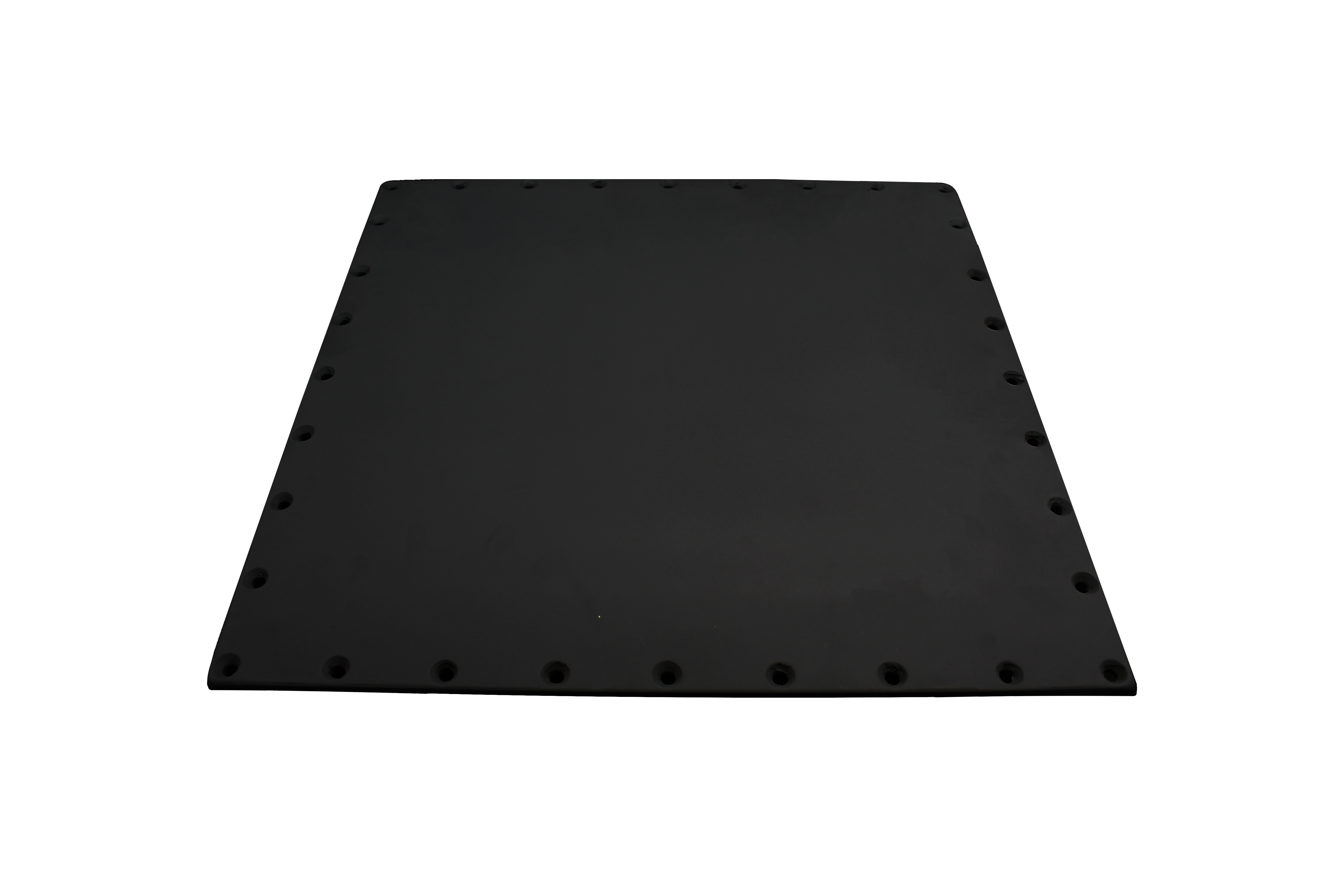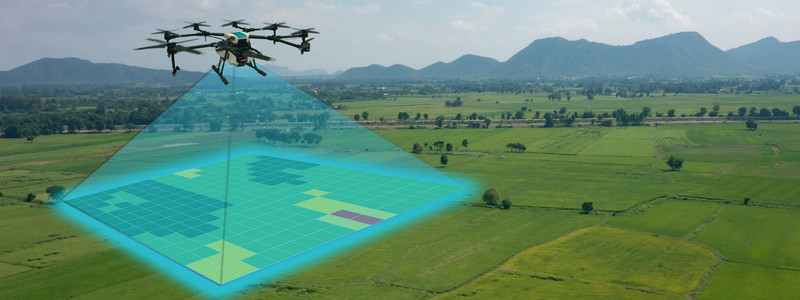11 Ways the Antenna Industry Has Changed
January 2024
Now that a new year has begun, we at JEM Engineering are looking forward to continued innovation. In this issue, we wanted to reflect upon how the antenna industry has evolved over the past several decades.
Over the last century, industry has undergone significant changes, driven by advancements in technology, changes in communication standards, and evolving consumer needs.
1. Transition from Analog to Digital. In the past, analog signals were dominant, but there has been a widespread shift towards digital communication. The “Digital Age,” also known as the “Information Age,” began in the latter half of the 20th century. Especially within the past decade, with the widespread adoption of mobile devices, communications have become increasingly more digital. This transition has influenced the design and functionality of antennas, with many now optimized for digital signals.
2. Introduction of New Communication Standards. The evolution of communication standards, such as 3G, 4G/LTE, and now 5G, has led to the development of antennas capable of supporting higher data rates and increased bandwidth. Antennas have become more complex to handle the diverse frequency ranges and modulation schemes associated with these standards.
3. Miniaturization and Integration. In a previous article, we introduce the idea of antenna miniaturization. Because technological advancements have made it possible to miniaturize antennas without sacrificing performance, antennas have become increasingly smaller, allowing them to be integrated into an increasing number of devices. This is particularly evident in the mobile industry, where antennas are integrated into the structure of smartphones and other portable devices, making them less obtrusive.
4. Diversity in Antenna Types. Different applications and communication needs have given rise to various types of antennas, including patch antennas, dipole antennas, helical antennas, and phased array antennas. The industry has diversified to cater to specific use cases and environments.

5. Smart Antennas and Beamforming. Smart antennas and beamforming technologies have become more popular, especially with the deployment of 4G and 5G networks. These technologies improve signal quality, increase data rates, and enhance overall network performance by focusing signals in specific directions.
Beamsteering take beamforming a few steps further. Furthermore, AESAs allow for Furthermore, true-time-delay beamsteering. AESAs allow the user to electronically steer the beams of radio waves in different directions without physically moving the antenna.
6. Internet of Things (IoT) and M2M Communications. The rise of IoT and machine-to-machine (M2M) communications has led to the development of antennas designed for low-power, short-range, and massive connectivity. These antennas support the growing number of devices in IoT ecosystems.
7. Satellite Communication. Antennas used in satellite communication have seen advancements, with improved designs for satellite dishes and phased array antennas. The growth of satellite-based services for communication, broadcasting, and navigation has driven the need for more SATCOM product development. Flat panel antennas are also changing the SATCOM market. Again, the concept of ease-of-installation, as well as creating lower-profile form factors are two of the key drivers for this shift.
8. Advancements in Materials and Manufacturing. Materials science and manufacturing techniques have improved, allowing for the development of more efficient and durable antennas. Composite materials and advanced manufacturing processes, such as additive manufacturing, contribute to the overall performance and reliability of antennas.
JEM Engineering’s magnetic flux channel (MFC) antennas incorporate groundbreaking technologies, and are made with high-hesitivity, low-loss material. Unlike traditional designs, MFC antennas do not utilize electric charge to achieve radiation. Instead, the magnetic flux that resides in the MFC core shapes and supports an efficient form of magnetic polarization current in a specially designed flux channel.

9. Wireless Connectivity in Consumer Electronics. The integration of wireless connectivity in consumer electronics, such as Wi-Fi, Bluetooth, and NFC, has influenced the design of compact and high-performance antennas for applications like smartphones, smartwatches, and other smart devices.
10. Environmental Considerations. Antenna designs increasingly take into account environmental factors, including resistance to harsh weather conditions and adaptability to various deployment scenarios.

11. Emerging RF Technologies. Over the most recent decades, new technologies, including RF over Fiber (RFoF) have also emerged. In summation, RFoF is a method of converting a radio wave (RF) into light by modulating the intensity of the light source (typically a laser) with RF signal. Some technologies, such as those of PPM Systems, are designed to adapt with the changes in industry standards. For example, not only doe their devices mate seamlessly with standard analog output ports, their systems also leave room for integration with future technology and equipment from other suppliers.
As the antenna industry continues to grow and change, JEM Engineering will continue to adapt, improve, and lead. Cheers to a new year!
Latest Posts

10 Factors that Affect Antenna Performance
We get a lot of inquiries regarding antenna performance in various settings, one of them being, “how far will the antenna propagate?” In this post, we describe some of the many factors that affect antenna performance.

Hedy Lamarr: The Hollywood Actress Who Changed Wireless Technology
This Women’s History Month, we wanted to highlight the life and career of Hedy Lamarr, a famous Hollywood star whose lesser-known achievements include essentially laying the foundations for the spectrum-hopping technology we know today as WiFi.

Living Legends: James West and Jesse Russell
Every February, JEM Engineering honors the the African American Engineers who have made lasting contributions in STEM. This year, we’re excited to spotlight two living legends: James Edward West and Jesse Eugene Russell.

Part II: Inspecting & Testing Antennas with UAVs
In this issue, we focus on how UAVs are used for inspecting and testing antennas. Perhaps an antenna is situated in a less-accessible area.

Part I: Taking Measurements With Drones
UAVs, also nicknamed, “drones,” are exceptional at capturing a bird’s-eye view. This is one of the reasons why they’re popular for measuring.
